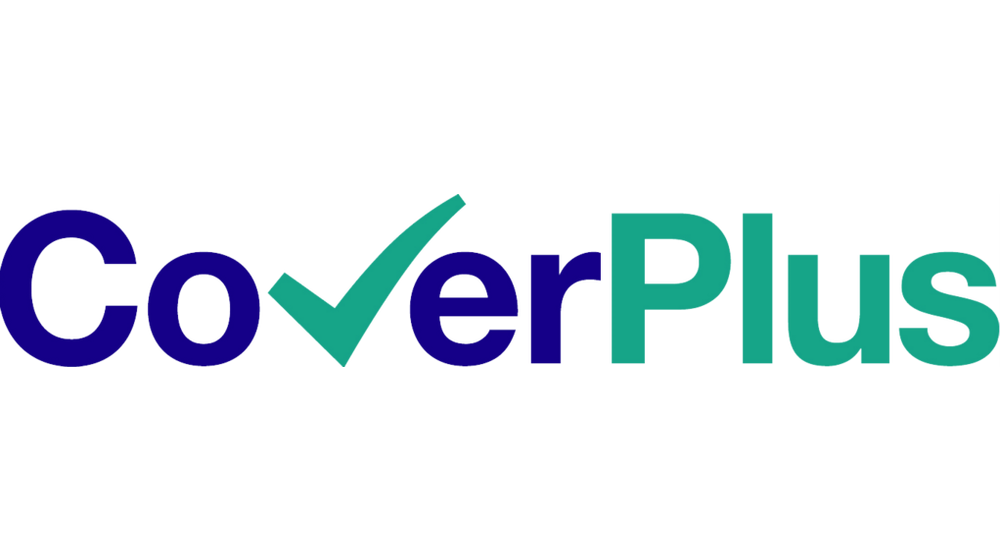Epson SureColor V1000 - A4 UV Flatbed Printer
Epson
- Code:
- C11CK69301B0
|
Availability: |
|
-
Outstanding image quality
-
Affordable UV printing
-
Compact and versatile
Description
Description
Epson SureColor V1000 - A4 UV Flatbed Printer
|
 |
With a compact and convenient design, the SureColor V1000 can print on almost any rigid surface, making it ideal for creating promotional and personalised products.
Easy to use and extremely cost-efficient, it's the perfect entry-level UV solution for a wide range of businesses, from photo retailers and small goods manufacturers, to e-commerce printers and visitor attractions.
Affordable UV printing
![]() High-quality customisable images:
High-quality customisable images:
CMYK, white and varnish inks for detailed images and special effects
![]() Extremely versatile:
Extremely versatile:
Prints on almost any rigid surface up to 70mm thick
![]() Highly affordable UV printing:
Highly affordable UV printing:
The perfect UV solution for small businesses
![]() Low, easy maintenance:
Low, easy maintenance:
Automatic cleaning eliminates the need for most manual maintenance
![]() Compact and convenient:
Compact and convenient:
Fits on most worktops and can be placed in corners or against a wall
The SC-V1000 can print directly on a wide range of substrates with a thickness of up to 70mm; users can also print onto curved surfaces such as pens and golf balls with the use of a jig*.
The SC-V1000 features an integrated ink pack system with 6 colours for producing high-quality and easily customisable images. The addition of white and varnish to the CMYK inkset allows the creation of unique effects using matte and gloss textures and expands the range of applications. The SC-V1000 is easy to maintain thanks to an automatic cleaning system with a fabric head wiper and no waste ink tank; it provides easy operation via an intuitive and simple touchscreen and Epson's replaceable ink pack system makes it easly to install and replace inks. The SC-V1000 also features customer replaceable air filters as standard to reduce UV ink odour.
With a highly compact footprint (699mm x 699mm), the SC-V1000 fits easily onto most standard workbenches and desktops and can be placed in corners or against a wall, as it offers complete front operation. The SC-V1000 also offers USB, Wi-Fi and network connectivity options, and comes with Epson Edge Print RIP software and connection to Epson PORT at no extra cost. The SureColor V1000 is supplied with a 3-year warranty for peace of mind.
Warranties - 4 or 5 year Extension CoverPlus
With an EPSON CoverPlus warranty, you can protect your investment by extending the printer's warranty to 4 or 5 years.
Use the link below to learn more.
 |
EPSON CoverPlus Warranty Options available here |
Specification
|
Technology |
|
|
|
Printing Method |
Epson Micro Piezo™ TFP print head |
|
|
Ink Technology |
Ultrachrome® UV |
|
|
|
|
|
|
Colours |
6 Colours |
|
|
Ink Tank Capacity |
140 ml
|
|
|
Minimum Droplet Size |
5.5 pl |
|
|
Nozzle Configuration |
180 Nozzles Black, 180 Nozzles per Color, 180 Nozzles white x2 |
|
|
Printing Resolution, Maximum Quality |
1,440 x 1,440 DPI |
|
|
Paper / Media Handling |
|
|
|
|
|
|
|
Thickness |
Rigid board supported |
|
|
Compatible Paper Thickness |
70mm |
|
| General |
|
|
| Product dimensions | 699 x 699 x 426 mm (Width x Depth x Height) | |
| Product weight | 59 kg | |
|
Mobile and Cloud printing services |
Epson Cloud Solution PORT |
|
|
What's in the box |
Inkset, Power Cable |
|
|
Other Features |
|
|
|
Features |
Touchscreen, Nozzle Verification Technology |
|
|
Included Software
|
Epson Edge Print |
|
|
SKU |
C11CK69301B0 |
Related Items
Finance Calculator
- * Fixed rates for the duration of agreement
- * Major tax benefits - each payment Is 100% tax-deductible
- * The equipment can be earning your next payment from day one
- * No need to have bank loans, overdrafts or pay cash
- * Fast application turnaround
- * Spread the cost of your equipment purchase
- * Protect existing lines of credit and preserve cash flow for business growth
The Tax Benefits of Leasing explained
Leasing converts a large capital expenditure into small monthly payments. Hence, the company has the profit-making equipment immediately and keeps their cash reserve available.
Rather than investing the precious cash reserves in depreciating assets, the company can use them to help increase profits.
Lease Rental is 100% Tax deductible
The main reason that the majority of companies lease rather than purchase equipment is that they use leasing as a method of reducing their tax bills. This is because lease rental is 100% tax-deductible, and all payments made for the equipment are written off against the company’s tax bill. For any profit making business, this means a substantial saving in the real cost of acquiring equipment by lease rental. This could mean a saving of between 20-40% of the lease payments, depending on the rate of tax you pay.
Payments on qualifying leases are written off as direct operating expenses, rather than a debt or outstanding liability, thus reducing short term taxable income.
Any capital allowances are passed on to you, and lease payments can be offset against taxable profits. VAT can also be reclaimed on monthly payments. This status as a “lease” as opposed to a “liability” on a company’s balance sheet is something the banks like to see, which is why an operating lease can be attractive. For this reason, leasing is often referred to as ‘off balance sheet’ financing – a tremendous advantage to both large and small businesses.
Ownership at the end of the lease
Lease rental is just that, a rental or hire agreement. Title of the goods remains with the Lessor (either Kennet or assigned to a bank), which means the equipment does not show on the companies balance sheet, therefore not needing to be depreciated over a fixed period. If Kennet broker the funding, they are the “third party” involved within the lease agreements. In effect, Kennet buys the equipment from the supplier and then sell it on to the customer. This means that the customer can take full advantage of all the benefits of leasing, but still owns it at the end. (Tax loop-hole)
The disadvantage of buying equipment outright
The disadvantage to buying equipment out-right, is that the capital invested becomes a depreciating asset. This is an asset that’s value decreases over time.
The total amount that assets have depreciated by during a reporting period is shown on the cashflow statement, and also makes up part of the expenses shown on the income statement. The amount that assets have depreciated to by the end date is shown on the balance sheet.
Related items
Code
Description
Price
Quantity









